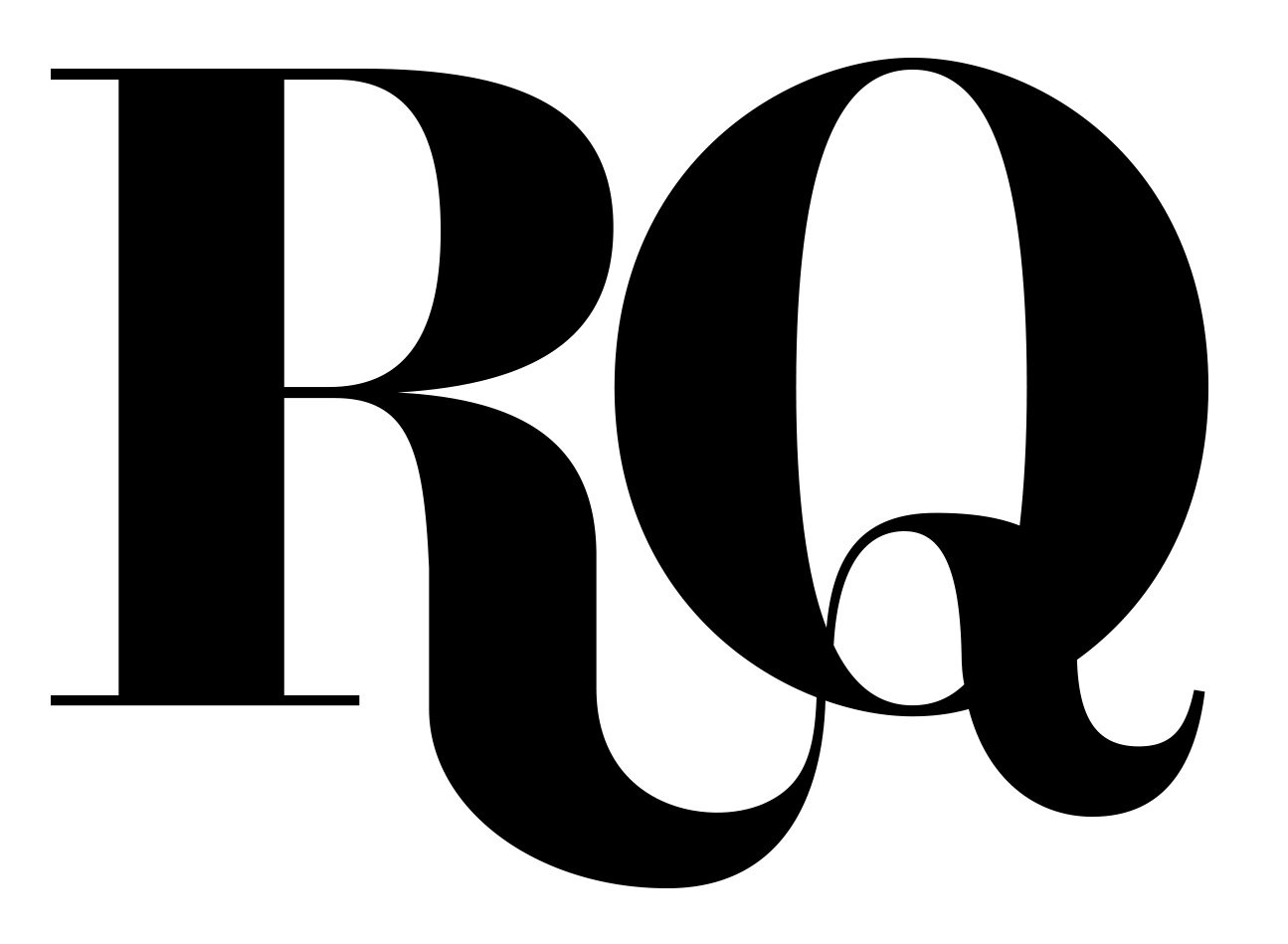REVIEW // THIS MAGIC MOMENT
‘Modigliani Up Close’ casts a spell at the Barnes
by Franklin Einspruch
EXCERPT //
“Modigliani Up Close” sets up a circle of these sculptures in the first room of the exhibition. They hold together like nothing else in modern art, as if they were produced by a once-mighty empire of ancient people who had contact with Cycladic tribes or Middle-Kingdom Thebans, but developed their own artistic style. The smiling Head from 1911 shows how carving rock forced the artist to clarify to himself how to establish a powerful, graphic form without resorting to a heavy outline. Another head from the same time, two feet high, is elongated to impossible proportions, but instead of looking freakish it comes off as supremely elegant.
To the regret of just about everyone who has admired his work since, his faltering health wouldn’t allow him to keep working in stone. As fine a painter as he became, in sculpture he was a revolutionary matched only by Brâncuși and later Picasso. Nevertheless it’s possible to draw direct lines from the aforementioned heads to Boy in Short Pants (1918) and the several portraits of Jeanne Hébuterne respectively. Jeanne Hébuterne with Yellow Sweater (1918–19) wears an expression of eternity, her eyes a subtle blue throughout their almond outlines. It is a simple painting that seems to have been composed of five colors at most, all muted except for the navy skirt. But everything there counts, most of all the artist’s mark, evident throughout the dappled touch of the background.
The center of the exhibition is a roomful of nudes, including the Barnes’ own Reclining Nude from the Back from 1917. It’s striking how Italian it feels in comparison to what Matisse was working on at the same time, and how free he grew of the older master’s influence. Evidently the restrained color scheme was a complicated affair, according to the catalogue, which notes, “Modigliani painted the red cloth—against which the figure is so crisply placed—in multiple layers to achieve the rich burgundy color and warm-yellow decorative patterns.” The method harks back to earlier periods of painting, built up in transparent veils. Yet the drawing is insistently modern, as is the unapologetic mien of the depicted woman.
For full text and images, consider reading RQ in print, on a Sunday afternoon, sun streaming through your window, coffee in hand, and nary a phone alert within sight or in earshot… just fine words, fine design, and the opportunity to make a stitch in time. // Subscribe or buy a single issue today. // Print is dead. Long live print. //

